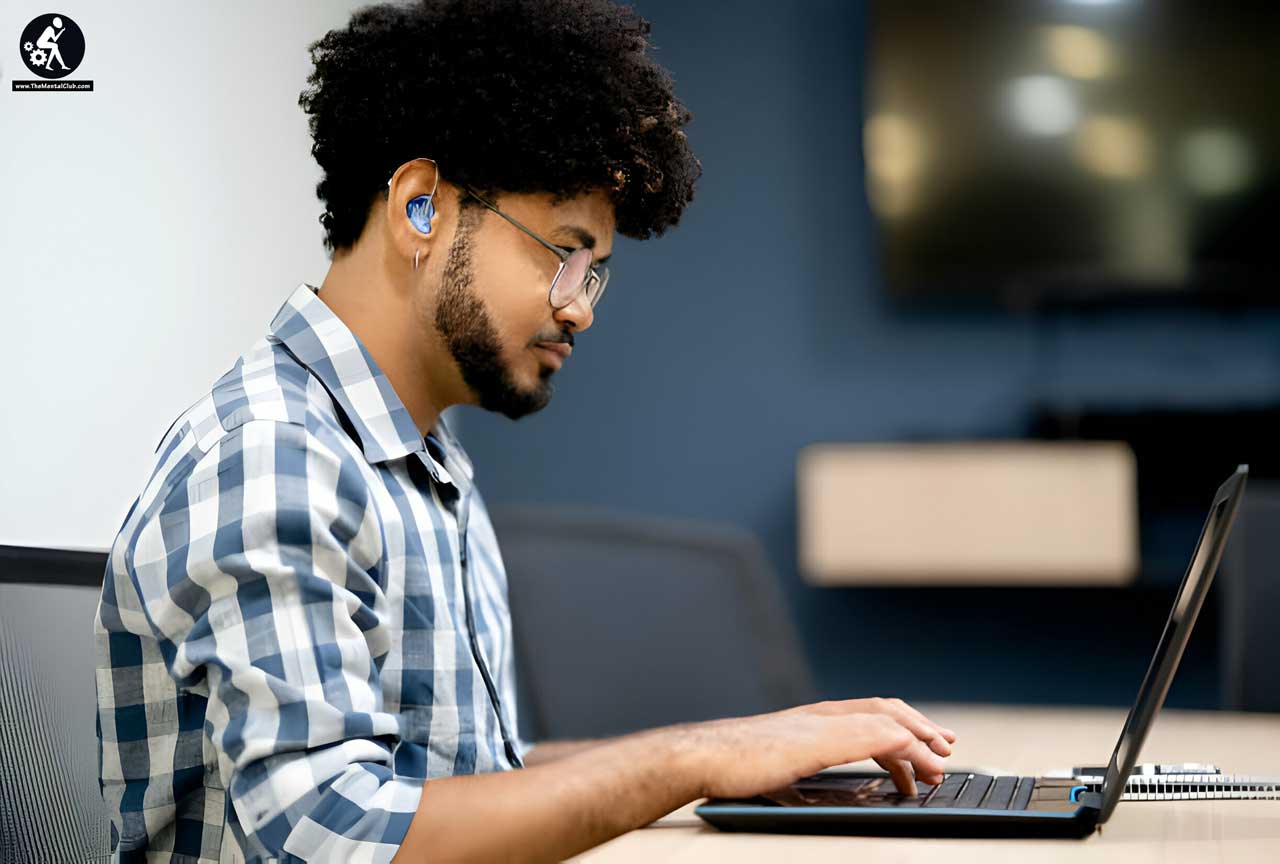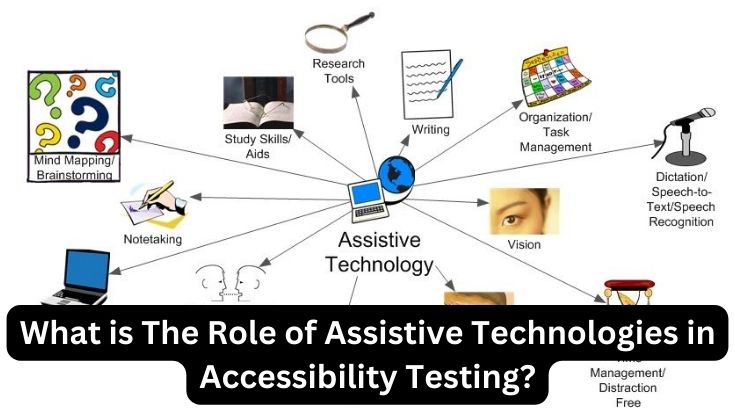As we move into the digital age, the role of assistive technologies in accessibility testing becomes increasingly paramount. For disabled people, these tools are like a key that lets them get to digital content. It goes into more depth about how important they are in this piece. We will talk about how these technologies not only help users but also change how people who make digital material think about how to make it available. They help make the internet a place where everyone feels welcome and understood, not just people who follow the rules.
The Essence of Assistive Technologies
Assistive technologies are a big group of tools to help people with challenges. Some unique options go beyond the basic tasks. People who are blind can use screen readers, and people who have trouble moving their fingers can use special computers. These tools make the Internet available to everyone. They make changes that make problems more accessible for people to work together. These tools show how different and creative the internet can be.

Integrating Assistive Technologies in Accessibility Testing
The people who work for an accessibility testing service must use assistive tools; it is their job. With this connection, we can see how digital content fits different users’ needs. Accessibility isn’t just about school; it also looks at everyday events in real life. These technologies give us helpful information that helps us make digital content that everyone can access and find simple to understand and use by modeling how things work in the real world.
Assistive Technologies: A Guide for Developers
Digital content that everyone can use can be made with the help of assistive tools. These tools tell you what you need to work on and how you can improve. For example, viewing a website through the eyes of a screen reader can teach you new things about accessibility that you might not have known before. Another essential part of the development process is the feedback loop. It ensures that the end product is valuable and easy for everyone to use, regardless of their skills.
The Role of Assistive Technologies in Accessibility Testing: Bridging Gaps
The role of assistive technologies in accessibility testing is to act as a crucial intermediary. Developers can get feedback from these groups on how their work looks to disabled people. This point of view is beneficial because it brings up specifics about digital mobility that are easy to miss. Better digital solutions for everyone are made possible by these tools, which do more than just find problems. They also help people understand and connect.

Collaboration with Accessibility Testing Providers
The part that assistive tools play in accessibility testing will change even more in the coming years. These tools should give us even more accurate information in the coming years. Not only will they look for problems with accessibility, but they will also guess what problems might happen and think of creative ways to fix them. Accessibility testing provider change shows that digital accessibility is moving quickly toward a more forward-looking way, where problems are fixed before they happen.
Enhancing User Experience Through Assistive Technologies
There needs to be more than just putting in helpful tools to make them work well; people should also be ready for them and know about them. The people who design, build, and make content for these sites need to know how disabled people use them and how they affect them. In this case, workshops and training classes can be beneficial. A service that tests for accessibility can be beneficial for this kind of training and for making sure that teams have all the tools they need to create and test material that is accessible.
Recommended article: Benefits of learning a new language
Training and Awareness: Key to Effective Use of Assistive Technologies
Often, it’s not only the right thing to do to follow accessibility rules; it’s also the law. People using assistive tools must follow laws like the Americans with Disabilities Act (ADA) and the Web Content Accessibility Guidelines (WCAG). A business can avoid problems with the law and show it cares about everyone by using these tools for accessibility testing. With this part, using assistive tools in accessible testing stands out as a way to meet legal and moral standards.
Conclusion
To sum up, the role of assistive technologies in accessibility testing is absolute and multi-dimensional. Not only are these tools functional, but they also create a place where everyone can use it. Not just disabled people get help from them. They make the environment a better place for everyone. People who utilize these tools ought to alter what it means to be current in the digital age. It’s not sufficient to just follow the rules.
































![The Advanced Web Development | Tutorials [Downloadable HD Formatted Video Series – Learn Step By Step] Advance Web Development Course](https://thementalclub.com/wp-content/uploads/2017/05/Advance-Devloper-Course-100x70.png)

